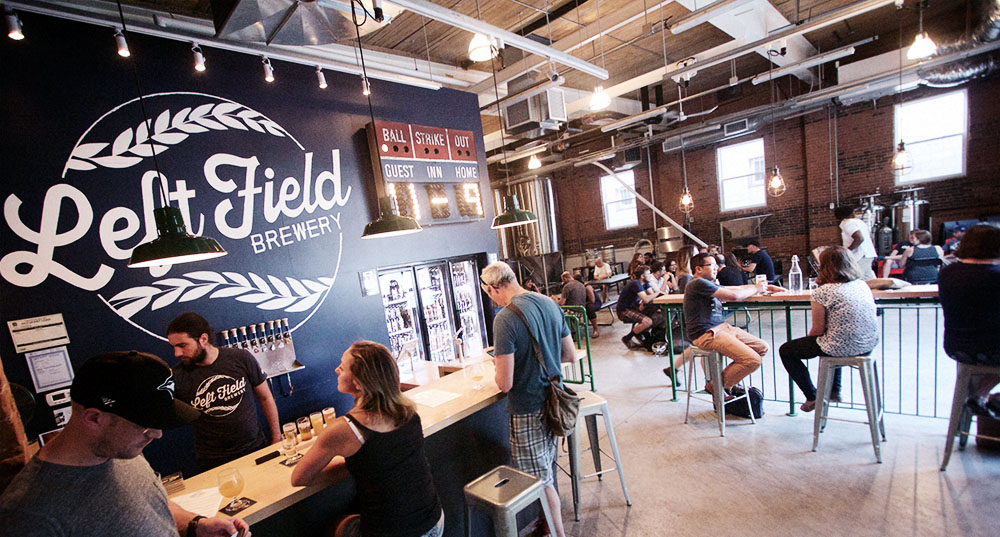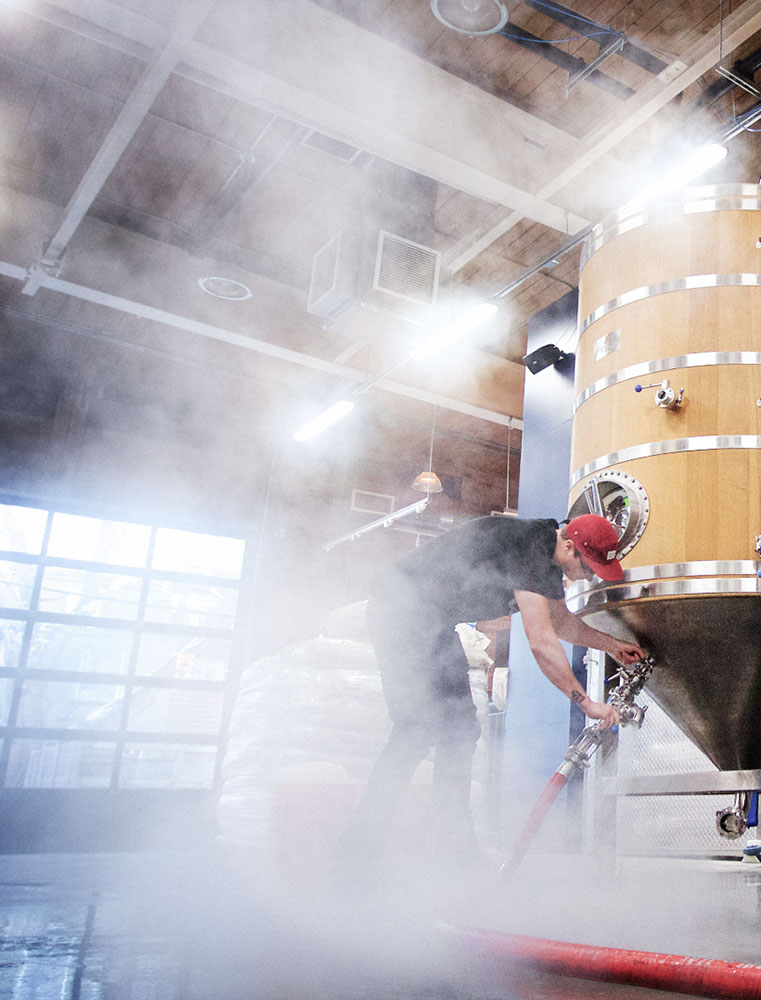
Innovation in the modern craft era
When you think of the modern craft beer era, the first thing that comes to mind for a lot of people is innovation. New, innovative styles of beer catch on fairly quickly and they can pop up on the other side of the world overnight due to social media hype.
At one time, beer was dictated by geographical boundaries, which is why you might try making a German Lager or an English Pale Ale. But now — rather than emulating existing forms — brewers are interested in ingredients and methodology when developing beer, allowing them to explore an entire range of flavours.
Bitterness was the hallmark of the previous decades’ beers, with massive IPAs and exciting new hop varieties leading a wave of innovation. Regardless of the number of fruit or floral or herbal aromas that now exist, bitterness is only one colour on the palette. Kettle Sours in the United States have done exciting things with lactobacillus bacteria in terms of the acidity and tartness of beer. And when it comes to the range of residual sugar as a component of flavour, there have been many different methods employed.
Traditionally, dryness was a question of the quality of the yeast that you were using. A basic ale yeast would leave behind some residual sugar because that yeast couldn’t digest all of the sugars derived from grains. Lager yeast can eat an additional complex sugar called melibiose, which is the reason that lagers are traditionally thought of as being crisper than ales. Wild yeast like brettanomyces can also eat additional sugars, but in doing so, they create a horse blanket or barnyard aroma that is only appropriate in a few styles. In some cases, Belgian brewers will add purely fermentable sugars to combine alcohol and carbonation without adding additional body, leading to sparkling Golden Ales with a lot of character.
For something to be bone dry without creating off flavours, special methods need to be employed. In the case of the Bosteels Brewery in Buggenhout, Belgium, this means using a technique from the world of wine. Bosteels’ Deus is an 11.5 percent Belgian Ale introduced in 2002 and styled as a Brut des Flandres, borrowing terminology from those driest of sparkling wines. The aroma has notes of orange blossom and lemon, with a suggestion of sweet barley in its effervescent body, despite having a finish as dry as a saltine cracker.
To accomplish this feat, the beer is prepared in the traditional méthode champenoise. Deus completes the first fermentation as usual but then matures the beer for 12 months before undergoing remuage to allow the yeast to dégorge when opened. By the time it is ready for the drinker, it will have undergone nearly a year and a half of maturation and three fully separate fermentation processes.
This method has been emulated with some success by breweries internationally and locally. Down the road in Buggenhout, the Malheur Brewery has two varieties, light and dark, that use the same method. Gypsy brewers Mikkeller have also experimented with the range, dry hopping with Nelson Sauvin for an increased sense of New Zealand Sauvignon minerality. In Canada, Charlevoix’s Dominus Vobiscum Brut uses the same techniques to great effect.

A style where 18 months worth of careful, measured effort is required to produce a bottle of beer is probably only achievable by established companies with a lot of patience and warehouse space. The rabid enthusiasm of the North American craft beer market might go through a half dozen trends in that period. Developed initially by Kim Sturdavant of Social Kitchen and Brewery in San Francisco just 18 months ago, Brut IPA has already caught on quickly around the world.
In the same way that brewers create lactobacillus Kettle Sours that take mere weeks to emulate the acidity of Lambics that might take three years to produce naturally, they have found a faster way to get to market. To create a beer as dry as bones bleaching in the sun, brewers have been using an enzymatic shortcut: glucoamylase.
Glucoamylase breaks down complex sugars into simple sugars, which are easily consumed by traditional ale yeast. There’s no need for remuage or dégorgement. Glucoamylase cuts down the time needed to achieve perfect dryness from 18 months to a couple of days. Although Brut IPA lacks the excitement of a popping cork, it does meet drinkers where they live: in the heart of the most popular craft beer style in the world.
Brut IPA came along at a time when IPAs were beginning to get a little same-y. Massively hazy glasses of beer approximately the colour of orange juice and redolent of citrus and tropical fruit tend to lack nuance. By removing the sweetness of the beer in the glass, Brut IPA as a subgenre allows for more nuance in hop character, allowing more berry, stone fruit and spicy herbal characteristics to climb out from under the fruit salad.
Similar to the original Brut beers, the attraction here has to do with brilliant carbonation, expansive aroma and aridity on the palate. The only difference is in the alcohol content, which is reduced in the new style. Sierra Nevada’s Brut IPA is 6.2 percent and uses some Crystal hops to produce a little blackcurrant aroma. Scotland’s Brewdog has gone with Ariana hops to punch up gooseberry and red fruit aromas. In Canada, Toronto’s Left Field has released Burst, a Mimosa Brut IPA with the addition of white grape concentrate to focus the connotation of Champagne.
Whether Brut IPAs are merely a trend remains to be seen, although there have been hundreds of attempts at the style in the 18 months since its existence. Perhaps the most exciting part is not the individual style but the addition of another tool to brewers’ arsenals the world over. The ability to play around with residual sugar in beer could easily stretch in any number of directions. Glucoamylase promises to create some options in the near future to keep a trend-hungry market sated.
